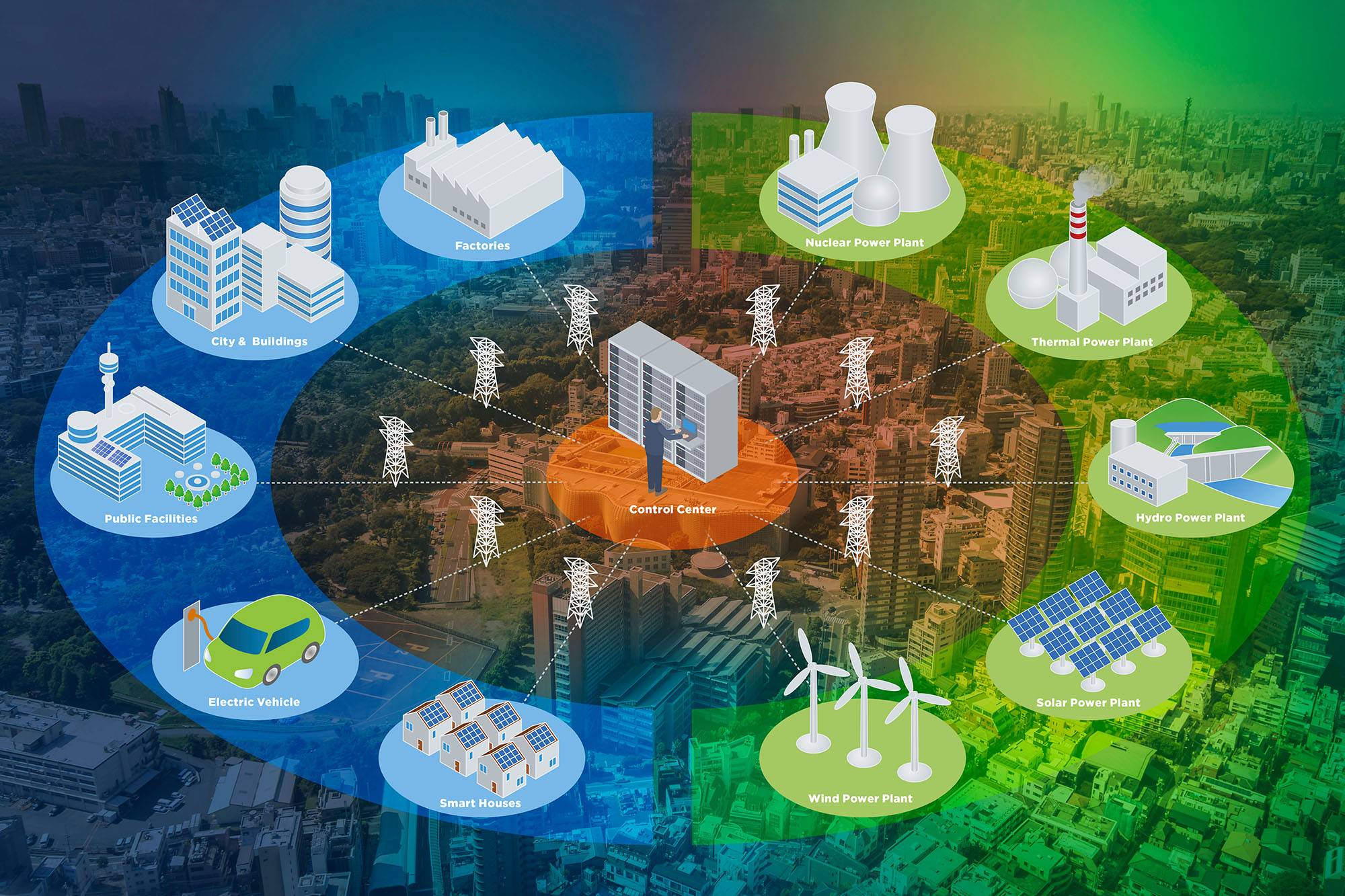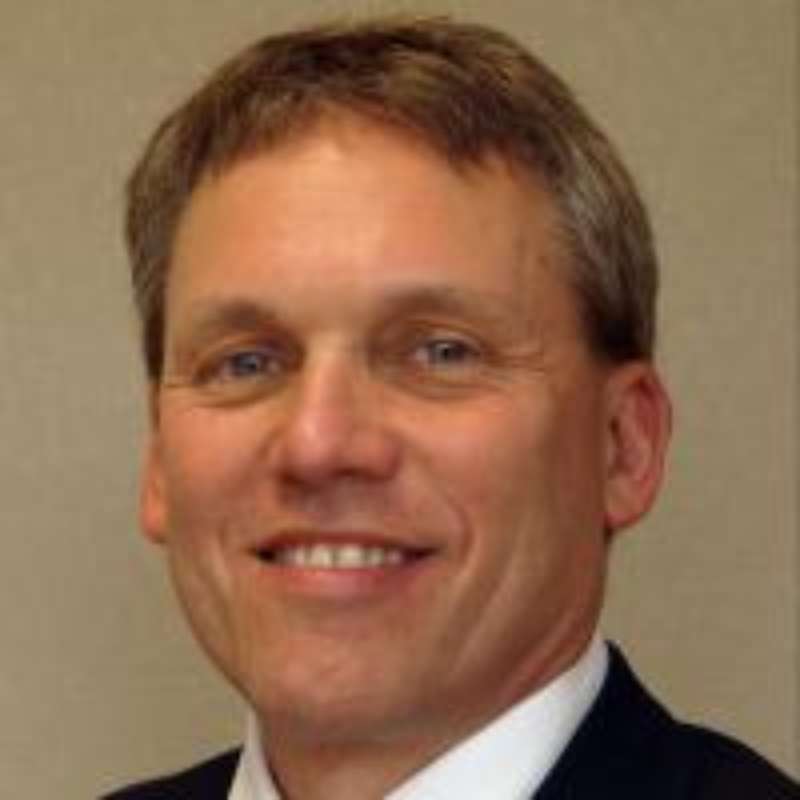The Long Island, New York, town of Huntington has experienced power outages during severe storms for several years, including an eight-day blackout following Superstorm Sandy in October 2012.
Now TRC is proud to be helping Huntington pursue plans to bolster power reliability and climate-change resiliency with a sophisticated new “community microgrid’’ combining solar energy, a fuel cell, biogas from the town’s wastewater treatment plant, and traditional natural gas to deliver electricity and heat to local customers and institutions. The project would include super-efficient “combined heat and power” (CHP) units that use gas to generate electricity as well as warmth for buildings and hot-water supplies.
Last month, New York Governor Andrew Cuomo and the New York State Energy Research and Development Authority (NYSERDA) announced that the Huntington microgrid project has won $1 million in Stage 2 funding under NYSERDA’s NY Prize competition to move forward into detailed engineering design. TRC will provide engineering and project management in collaboration with the local utility, PSEG Long Island, the New York Power Authority and Huntington.
With its robust and diverse mix of fuel sources, the microgrid is envisioned to provide energy to Huntington’s town hall and wastewater treatment plant, Huntington Hospital, Huntington YMCA, Flanagan Senior Center, and possibly other customers as well. In a future major weather event that caused a utility power failure, the microgrid would activate instantaneously to ensure heat and power are available at key municipal facilities and designated emergency shelters.
NYSERDA and the Cuomo Administration are supporting the development of microgrids across New York as part of the state’s goal to cut greenhouse gas emissions by 40 percent by 2030, and to increase the state’s share of energy from renewable sources to 50 percent in 2030. The state also sees microgrids playing a key role in helping local governments modernize and harden their energy infrastructure to become more resilient during weather emergencies.
Related Services

TRC’s range of energy expertise includes a dedicated microgrid team that has developed several projects for federal, state, and private-sector clients. The team combines experts in power delivering engineering, renewables (including solar photovoltaics, wind, and hydro), CHP, energy storage, energy efficiency, demand response, and innovative technologies as well as experts in environmental planning and permitting and information technology automation and communication services.
The Huntington project was among 11 microgrid projects – from a group of 83 Stage 1 winners – that advanced from feasibility studies to engineering. TRC also supported the Huntington plan in the first round of analysis. With detailed engineering plans developed by TRC microgrid experts and a business plan, the Huntington microgrid project will be eligible to advance to Stage 3 of the NY Prize competition and compete for a share of up to $50 million to support microgrid construction. Winning projects are to be announced by the end of 2018.
No one wants to imagine another storm like Sandy hitting Huntington. But we’re hopeful that if the microgrid project moves forward to construction, TRC can play a key role in helping residents of Huntington stay warm and safe during future weather emergencies.
To learn more about how microgrids are transforming the electricity grid in the Northeast, please join my TRC colleagues Tom Rooney and Bill Moran on May 12 in Boston as they lead the EBC’s Energy Resources Program Microgrids: Transforming the Grid.



